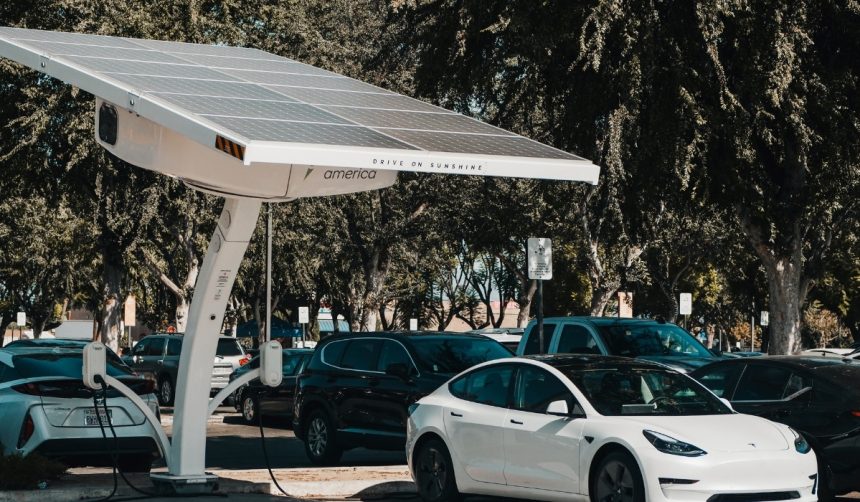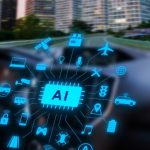As robotics steadily moves closer to everyday life, companies are competing to define how the technology will shape society. Tesla’s latest annual shareholder meeting, led by CEO Elon Musk, brought focus to its humanoid robot, Optimus, with ambitious new production goals. The announcement not only speaks to Tesla’s growing influence in robotics but also reflects the company’s intent to integrate advanced automation into diverse sectors. The Optimus project’s scale, if realized, could impact labor markets, healthcare, and service industries globally, creating ripple effects beyond manufacturing.
Earlier projections for Tesla Optimus centered around early prototypes and limited pilot productions, with most reports speculating on cautious rollout schedules. Recent updates show a marked escalation in intent, as Elon Musk now publicly discusses a million-unit pilot production line, while previously only small-scale demonstrations were provided. Past coverage mostly centered on technical feasibility and regulatory acceptance, but the current approach highlights exponential scaling and the possible reconfiguration of workforce structures and economy due to mass-produced robots.
How Does Tesla Plan to Ramp Up Optimus Production?
Tesla is aiming to achieve an annual output of up to one million Optimus robots from a pilot line based in Fremont, California. According to Musk, this initial phase is only the starting point, with potential plans to expand manufacturing to other locations, such as Gigafactory Texas, which could facilitate the production of up to 10 million robots per year. Remarking on these targets, Musk projected the possibility of future manufacturing scaling far beyond existing records.
What Are Elon Musk’s Expectations for Optimus?
Elon Musk has publicly set high expectations for the impact of Optimus, projecting it as a product with the potential to outnumber and outsell current mainstream consumer technologies.
“It’s going to be the biggest product of all time, bigger than cell phones, bigger than anything. There could be 10s of billions of robots,”
Musk said during the event. He further emphasized the autonomous nature of the robots, noting their ability to operate continuously in various environments.
How Does Optimus Fit Tesla’s Long-Term Sustainability Vision?
Tesla’s broader strategy involves leveraging Optimus to support a vision of sustainable abundance. The company has highlighted how mass deployment of humanoid robots could impact economic structures and accessibility to services. With Optimus, Tesla aspires to address societal needs at scale, ranging from labor shortages to healthcare improvements.
“With humanoid robots, you can actually give everyone amazing medical care… Optimus will ultimately be better than the best human surgeon,”
Musk stated, suggesting the robot’s potential utility in specialized fields.
Tesla’s bold production targets for Optimus differ from previous industrial robotics initiatives that focused on niche applications or gradual integration across factories. The commitment to scale output at such an unprecedented rate raises both logistical and ethical considerations. If manufacturing plans progress as described, Optimus may blur the line between traditional automation and near-ubiquitous presence in daily life. For readers following emerging technologies, the developments warrant attention not only for their technical aspects but also for their wider social implications, particularly in labor, healthcare, and economic accessibility. Keeping informed about evolving policies, production realities, and public adaptation will be essential to understanding the full significance of this endeavor.










